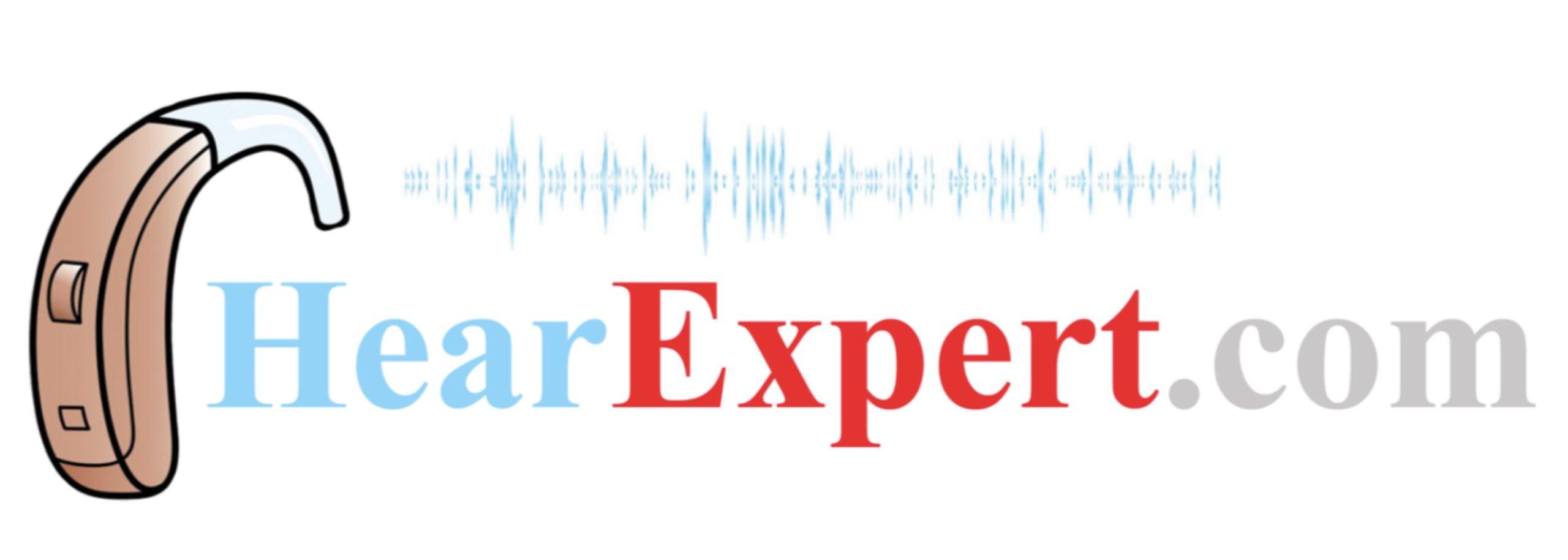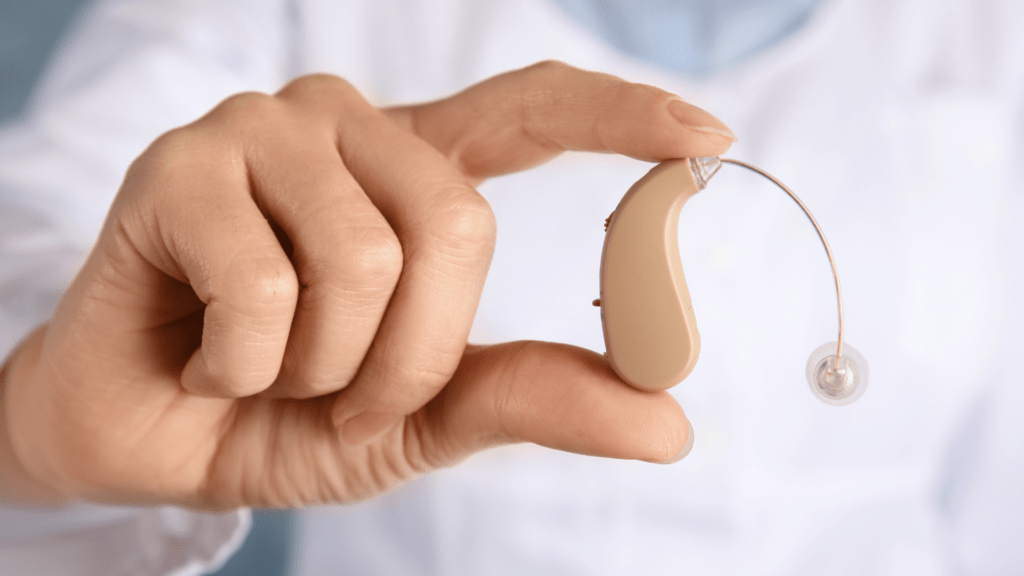For active individuals with hearing loss, finding hearing technology that can keep pace with a dynamic lifestyle presents unique challenges. Invisible Hearing Aids (IIC) offer a compelling solution by combining powerful performance with virtually undetectable design. These ultra-discreet devices, which sit completely within the ear canal, have transformed hearing assistance for many active users. The hearing specialists at Hear Expert have compiled essential information to help you understand how IIC hearing aids can complement—and sometimes require special consideration for—an active lifestyle.
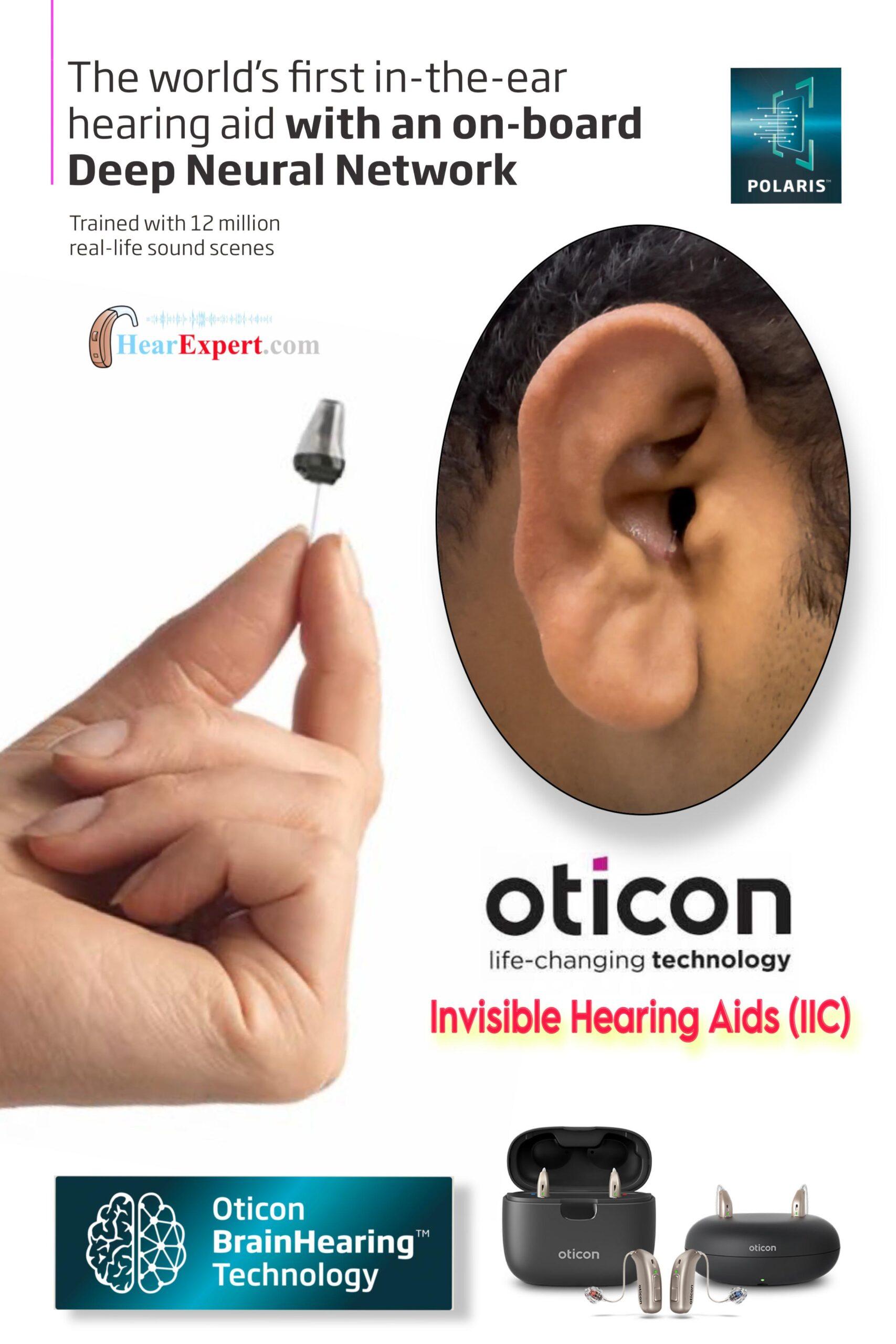
Understanding the Unique Advantages of IIC Devices for Active Users
Invisible-in-Canal hearing aids offer several distinct benefits for physically active individuals:
- Complete concealment: Their placement deep within the ear canal means they remain invisible during physical activities and sports
- Wind noise reduction: Their recessed position protects the microphones from direct wind exposure, reducing the roaring sound that plagues many hearing aid users outdoors
- No interference with gear: Unlike behind-the-ear models, IIC devices don’t conflict with helmets, hats, sunglasses, or protective equipment
- Natural sound localization: Their deep canal placement preserves the natural acoustic properties of the outer ear, helping active users maintain spatial awareness
- Physical stability: When properly fitted, their snug position in the ear canal keeps them secure during movement
These advantages make IIC devices particularly appealing for athletes, fitness enthusiasts, and anyone leading an active lifestyle who doesn’t want hearing technology to limit their participation or performance. For those looking for discreet and performance-oriented solutions,
Hearing Aids in Durg offer access to a range of IIC devices designed to meet the needs of active individuals.
Activity-Specific Considerations for IIC Users
Different physical activities present varying challenges for hearing aid users. Understanding these can help you maximize your IIC experience during specific pursuits:
Water Sports and Swimming
While IIC hearing aids are more protected from splashes than other styles, they remain electronic devices vulnerable to water damage:
- Remove devices completely before swimming or water sports
- Consider specialized waterproof cases for storage during these activities
- Use extra caution when kayaking, surfing, or boating where unexpected water exposure may occur
- After water exposure near your ears, thoroughly dry the area before reinserting your devices
For dedicated swimmers with hearing loss, specialized waterproof hearing protection or custom swim plugs might complement your IIC devices, which you would use for regular daily activities.
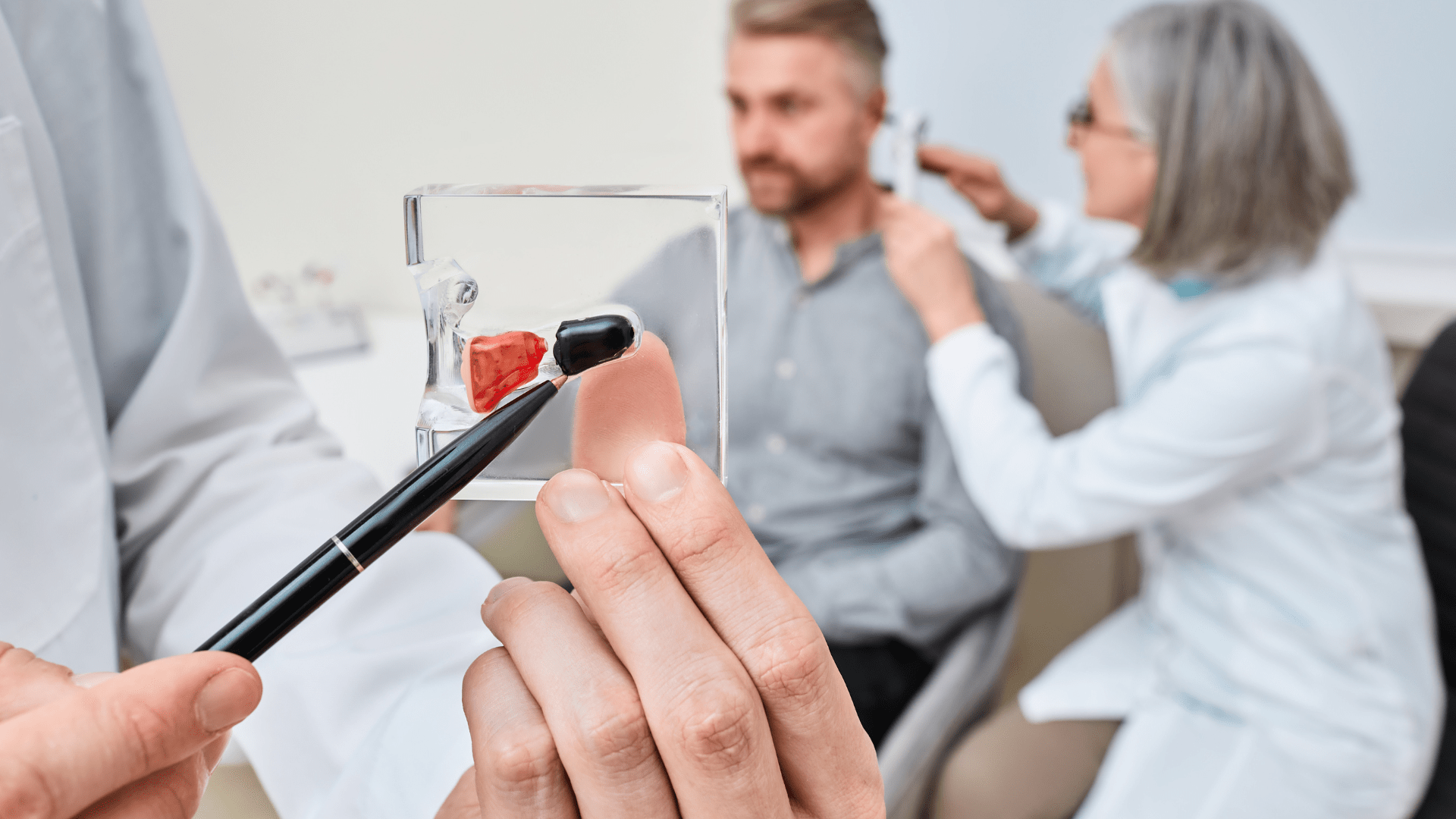
Running and Jogging
The rhythmic impact of running can affect hearing aid stability and comfort:
- Ensure proper fit before beginning a running program with new IIC devices
- Be aware that perspiration increases during running, potentially affecting device performance
- Consider moisture-resistant IIC models if running constitutes a significant part of your routine
- Maintain awareness of environmental sounds, particularly when running near traffic
Many runners report that IIC devices provide superior comfort compared to other hearing aid styles, with minimal movement during activity and reduced wind noise interference.
Team and Contact Sports
More vigorous activities require additional consideration:
- Discuss with your audiologist whether your specific sport poses risks to your IIC devices
- For contact sports, consider whether custom protective earpieces would be beneficial
- Be mindful of communication challenges in team sports, where quick verbal cues may be difficult to catch
- Develop strategies for protecting devices in locker room environments where they might be removed
While IIC devices generally stay secure during most activities, sports with high physical contact may require special accommodations or temporary use of alternative hearing solutions during play.Environmental awareness becomes particularly important for safety
IIC users frequently report enhanced nature experiences due to the natural sound quality these devices provide, allowing for better appreciation of subtle environmental sounds during outdoor activities.
Managing Moisture and Perspiration Challenges
- Using specialized hearing aid sweatbands during intense exercise
- Removing devices during extremely vigorous activities if excessive sweating occurs
- Employing more powerful dehumidifying systems than those typically used by sedentary users
- Considering moisture-resistant coatings or nano-coatings available on premium IIC models
- Implementing a more frequent cleaning routine on days with heavy physical activity
Some active users maintain a separate “workout pair” of less expensive hearing aids for high-intensity exercise, reserving their premium IIC devices for regular daily use. This approach can be particularly cost-effective for serious athletes or those who exercise in challenging conditions.
Also read What Is a Receiver-In-Canal (RIC) Hearing Aid?
Battery Life and Management for Active Users
Physical activity typically increases battery consumption in hearing aids due to:
- More frequent program changes to accommodate varying environments
- Higher volume requirements in noisy exercise settings like gyms
- Increased signal processing demands in complex acoustic situations
Active users can optimize battery performance through:
- Carrying spare batteries during extended outdoor activities
- Being particularly vigilant about turning devices off when not in use
- Considering rechargeable IIC options for convenience
- Opening battery doors completely when devices are removed during exercise
Those who participate in multi-day outdoor activities like backpacking should develop a battery management plan, possibly including solar charging options for rechargeable models or calculating the number of spare batteries needed based on typical usage patterns.
- Background music and instructor microphones can create difficult listening environments
- Multiple speakers talking simultaneously may cause confusion
- Acoustic properties of large exercise rooms often produce reverberation
- Physical exertion can make speech understanding more challenging
Travel and Adventure Considerations
Active lifestyles often include travel to new environments, which can present challenges for hearing aid users:
- Airplane cabin pressure changes may affect comfort and occasionally feedback
- Different climates require adjusted maintenance routines
- Access to hearing care services may be limited in remote locations
- Adventure activities may expose devices to dust, dirt, or extreme temperatures
Preparation is key for traveling IIC users:
- Pack comprehensive cleaning supplies and extra batteries
- Research hearing care options at your destination before departing
- Consider a backup hearing solution for emergency situations
- Bring appropriate storage cases for various environmental conditions
- Maintain your regular cleaning routine despite travel disruptions
With proper planning, your IIC devices can enhance rather than limit your travel experiences, allowing you to fully engage with new environments and cultures.

Long-Term Considerations for Active Users
Physical activity provides numerous health benefits that positively impact hearing health:
- Improved cardiovascular fitness enhances cochlear blood flow
- Stress reduction through exercise benefits overall auditory processing
- Maintaining healthy weight reduces risk factors associated with hearing loss progression
- Social engagement through group activities supports cognitive aspects of hearing
However, active IIC users should maintain awareness of:
- The need for potentially more frequent professional cleaning
- Earlier replacement cycles due to increased exposure to moisture and debris
- Regular reassessment of fit, as weight fluctuations can change ear canal shape
- The importance of hearing protection during extremely loud fitness activities (indoor cycling classes, shooting sports)
The hearing professionals at Hear Expert can help establish an appropriate maintenance schedule based on your specific activity level and the environments where you regularly participate.
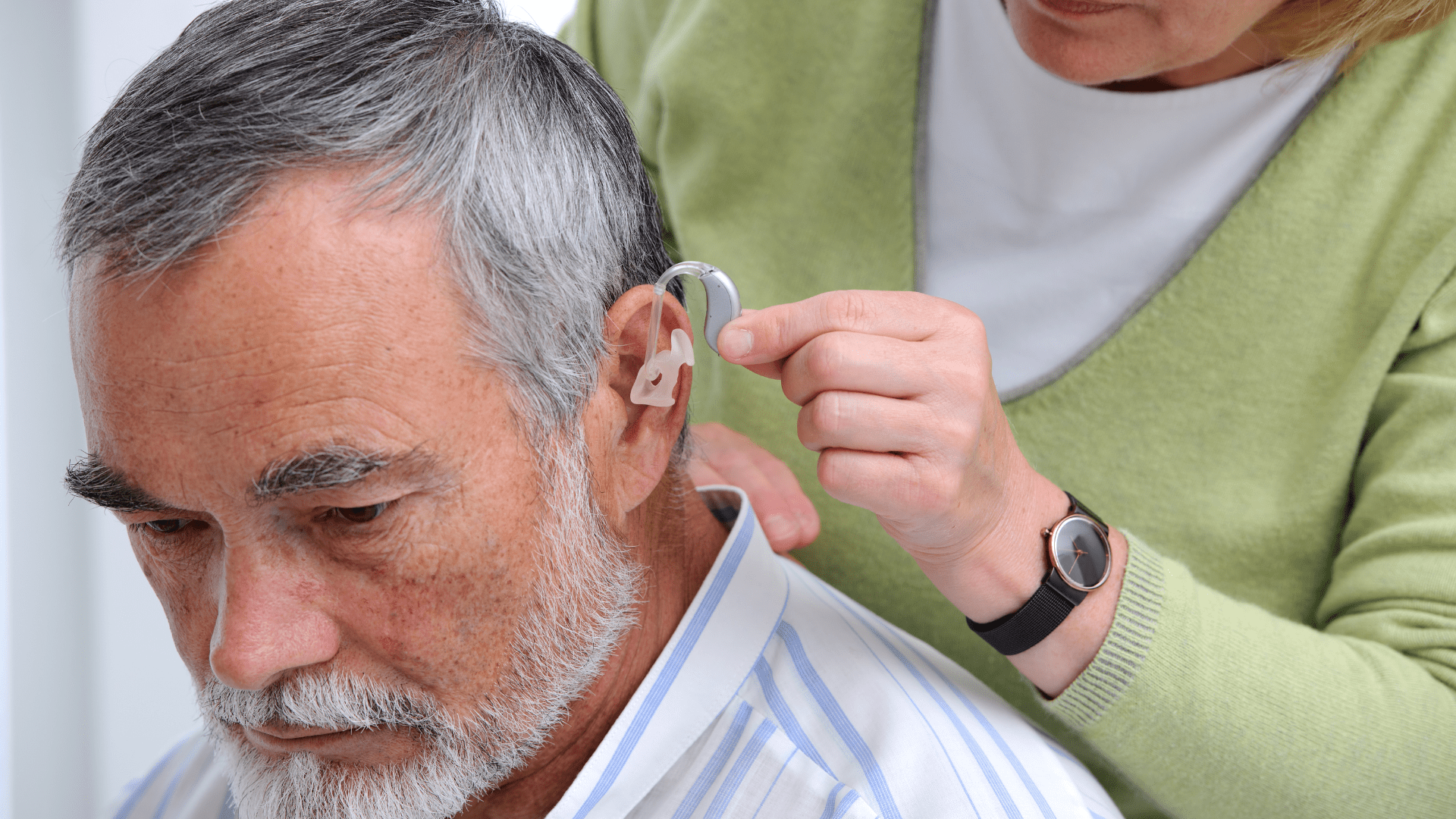
Conclusion:
IIC hearing aids can be excellent companions for active individuals, providing discreet, effective hearing assistance without limiting participation in physical activities. By understanding the specific challenges different activities present and implementing appropriate protective strategies, you can maintain optimal device performance while enjoying an unrestricted active lifestyle. With the right approach, these sophisticated hearing solutions can become such a natural part of your active lifestyle that both you and others forget they’re there—allowing you to focus entirely on the activities you love.
